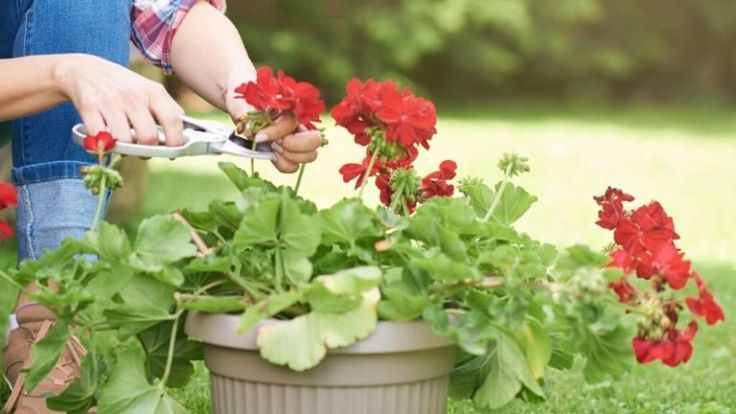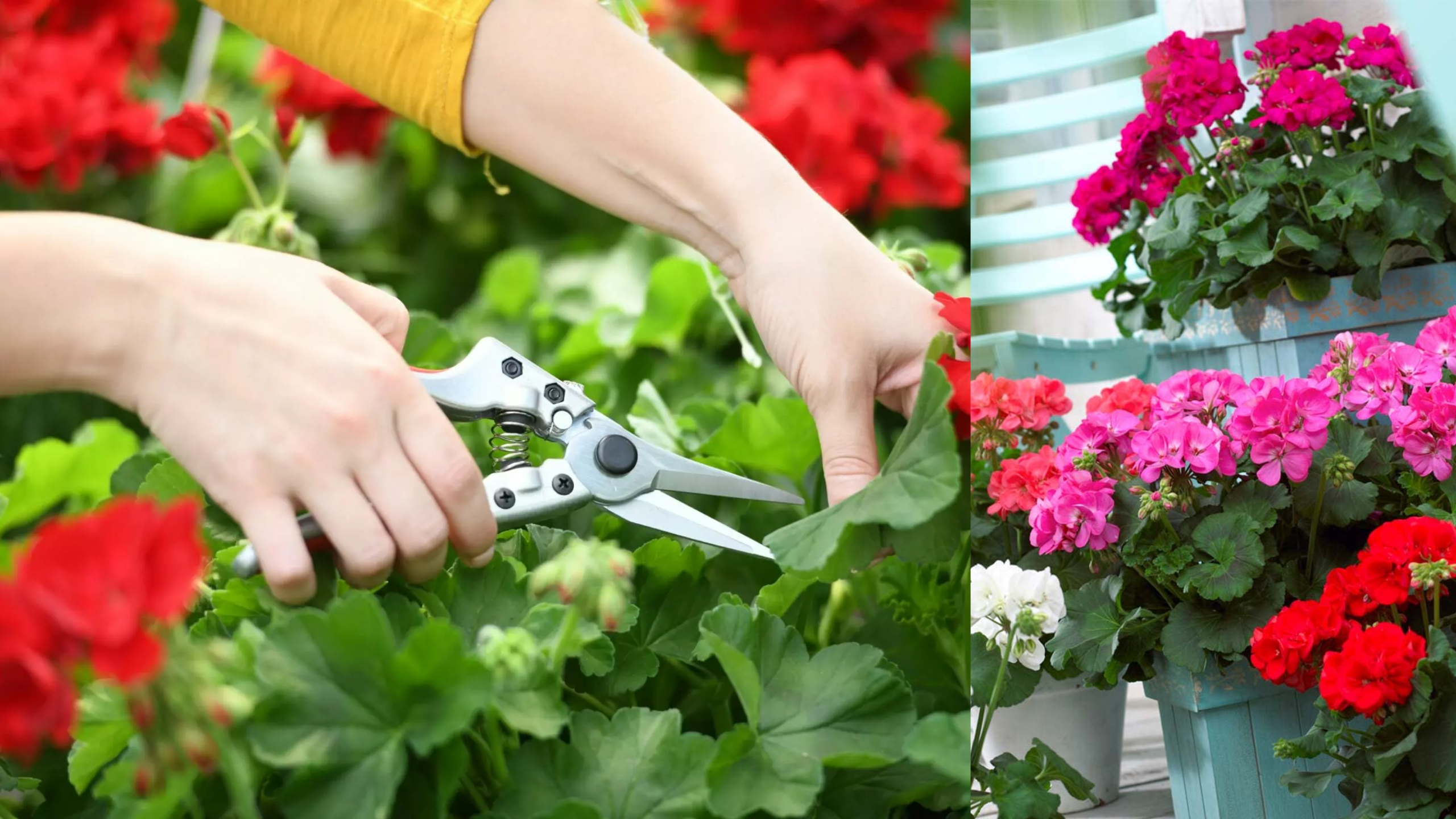Do you love vibrant, blooming geraniums and wish you could have more plants to brighten up your home or garden? The good news is, with just a little effort, you can multiply your geraniums effortlessly—without spending a dime! By taking cuttings from an existing healthy plant, you can create new geraniums from a single stem. Here, we’ll walk you through step-by-step instructions on how to do this effectively, ensuring your new plants develop strong roots and flourish.
The Best Time to Take Geranium Cuttings
Timing is crucial when propagating geraniums (Pelargoniums). The ideal period to take cuttings is during the warmer months—specifically late July and August. During summer, the soil temperature is just right for root development, and the abundant sunlight helps the cuttings establish quickly.
But what if you’re eager to propagate earlier? Spring is also a good option, coinciding with the plant’s natural growth cycle when new shoots emerge. Keep in mind that the plant is a perennial native to South Africa and prefers sunny exposures and temperatures above 13°C. The summer heat, combined with sunlight, creates perfect conditions for rooting.
Selecting the Right Stems for Propagation
Before you start, choose a healthy, sturdy geranium plant free of disease or damage. Select a stem that is about 10 to 20 centimeters (4 to 8 inches) long. Here’s how to prepare it:
- Use clean, sharp pruning shears or scissors that have been disinfected to prevent infection.
- Make the cut just above a leaf node—the small bump where leaves attach to the stem.
- Remove the lower leaves, keeping at most five leaves on the cutting, especially the smaller ones at the top.
- Also, take off any flower buds or developing flowers, as they can drain energy from root formation.
These steps ensure the cutting can focus on root development rather than supporting flowers or excessive foliage.
Preparing the Cutting for Rooting

Once the cut is ready, it’s time to help your geranium cutting develop roots effectively.
Applying Rooting Hormone:
Dip the cut end of the stem into water first—this helps a little powder or hormone stick to it more easily. Then, lightly moisten the cut with a rooting hormone, available either as a powder or gel. This step promotes faster root growth, strengthens healing, and wards off infections.
If you don’t have commercial hormone, you can use natural alternatives like honey or cinnamon, which have antimicrobial properties.
Preparing the Soil:
Fill a small pot with a specialized rooting medium. You can buy ready-made rooting soil, or prepare your own mix of peat and sand for good drainage. Avoid using plastic containers; instead, opt for biodegradable or terracotta pots that won’t hinder root development.
Plant the Cutting:
Make a small hole in the soil with a pencil or stick, and insert your prepared stem. Gently press the soil around it to remove air pockets. After planting:
- Water the soil thoroughly, allowing it to soak in completely.
- Place your pot in a spot with bright, indirect sunlight—avoid direct sun that could scorch the cutting.
- Keep the soil evenly moist but not waterlogged.
If you can, group multiple cuttings in a large pot to save space and increase your geranium quantity. Up to three cuttings can grow comfortably in a sizable pot.
Propagating Geraniums in Water: An Alternative Method
If you prefer to avoid powders or hormones, propagating in water is an easy and rewarding process.
Here’s how to do it:
- Place a healthy, leafless section of stem into a glass or jar filled with clean water.
- Add a small piece of activated charcoal or charcoal fragment to the water to prevent rot and promote healthy root growth.
- Change the water regularly—every few days—to keep it fresh.
- Watch for roots to develop, which may take a few weeks. Once roots are at least 3 centimeters long, transplant the cutting into soil.
This method is simple, inexpensive, and allows you to observe root growth closely—an engaging experience for plant enthusiasts.
Tips for Successful Geranium Propagation
- Always choose strong, disease-free stems.
- Use sterilized tools to prevent infections.
- Maintain high humidity around your cuttings by covering them with a plastic bag or placing the pot in a mini-greenhouse environment (but ensure good ventilation).
- Keep the cuttings in a warm, bright spot with indirect sunlight.
- Water them regularly, but avoid overwatering, which can cause rot.
Bonus: You can root multiple cuttings in the same pot as long as it’s large enough, especially if they are healthy and well-spaced.
Final Thoughts
Growing geraniums from cuttings is a cost-effective way to expand your garden beautifully and easily. Whether you prefer rooting in soil or water, the process is straightforward and accessible for gardeners of all levels. Not only will you save money, but you’ll also enjoy the satisfaction of nurturing your plants from a simple stem to a flourishing, fragrant flower.
Plus, multiplying your geraniums means more blooms to brighten your days during spring and summer—plus, you might even share some with friends or family!
So grab your pruning shears, pick a healthy stem, and start your greenhouse of vibrant geraniums today. Happy gardening!


https://t.me/s/ezcash_officials